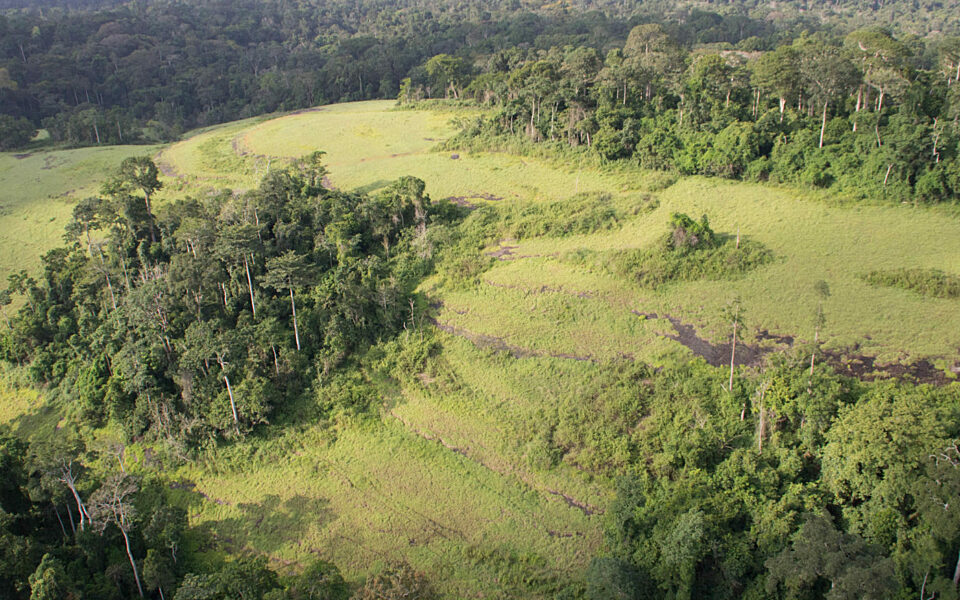
Visiting Bouamir: A photo essay
Margery Nicolson doesn’t walk so well anymore. She has spent a lifetime traveling and trekking; decades of backpacking, rock-climbing, and the slow march of time have all taken their toll. She’s had two hip replacements, plus there’s the battered knee (after an accident in China) and the wonky ankle (from a fracture in Alaska).
Despite all this, it was a more mundane injury that kept Nicolson from hiking into Cameroon’s Dja Biosphere Reserve: a knee-to-rolling-suitcase collision in the Paris airport. So when Nicolson arrived in the Dja, swooping down into the rainforest via helicopter, she had to be carried on a makeshift litter. It offered a unique vantage point, eye-level with the lush green forest of one of Central Africa’s largest protected areas. “I probably noticed more, because I didn’t have to watch my feet,” she says. “It was kind of calming, in a way, being carried through the bush. But if I had my druthers, I would have walked.”
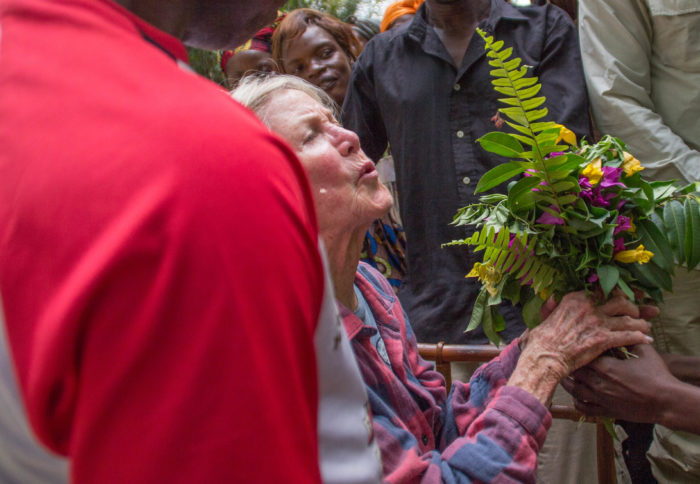
Nicolson (seen here receiving a welcome bouquet) was in the Dja to visit the Bouamir Research Station; the remote field site, operated by the Congo Basin Institute (CBI), recently reopened after more than a decade of inactivity. Nicolson is a biochemist by training, and she spent most of her career teaching biochemistry and working in the biotech industry. She has long been a supporter of environmental causes and organizations, including the National Audubon Society and the Cheetah Conservation Fund. Her interest in biodiversity, however, came later in life, as did her interest in Bouamir – Nicolson’s financial support helped CBI rebuild the station after it shuttered in the 90s.
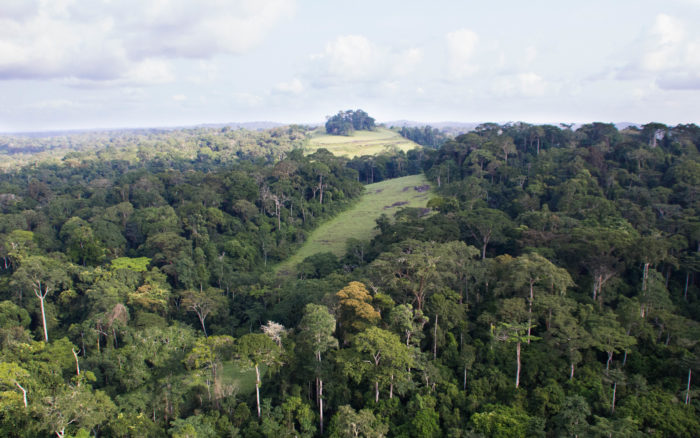
A view of Bouamir roche, a natural rock formation affording sweeping views of the Dja. The park encompasses more than half a million hectares, making it the largest nature reserve in Cameroon. “You look out and see miles and miles of total green,” Nicolson said of her journey to the Dja. “You could see a few villages, and a few little houses. Just looking at the endless jungle, from above it looks impenetrable.”
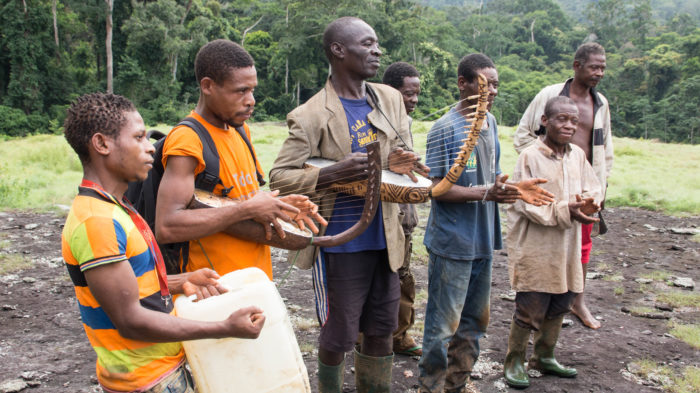
Members of the local Baka tribe play traditional music. The Baka are world-renowned for their music; they also serve as guides through the forest. They serenaded Nicolson before she left the Dja, singing and strumming on the hike through the rainforest. “This wasn’t planned,” she says. “They just decided they wanted to do it. So they did.”
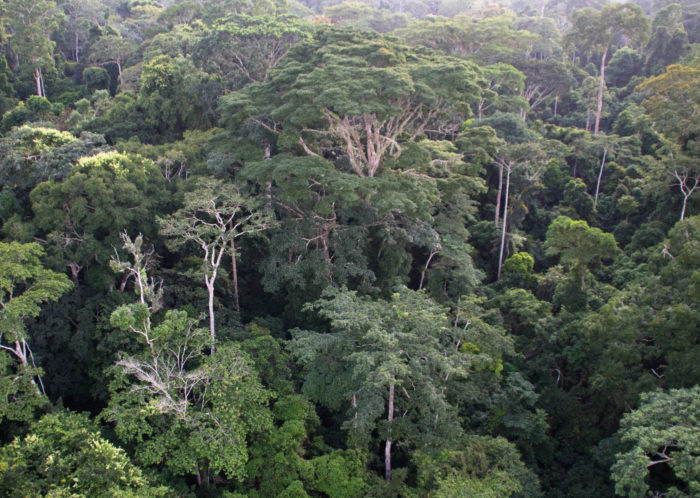
The Dja itself also makes music, of sorts. It is this forest chorus, a blend of diverse birdsong punctuated by the occasional monkey hoot, that Nicolson remembers most vividly. Waking up in a tent at first light, “you are just surrounded by sound,” she says.
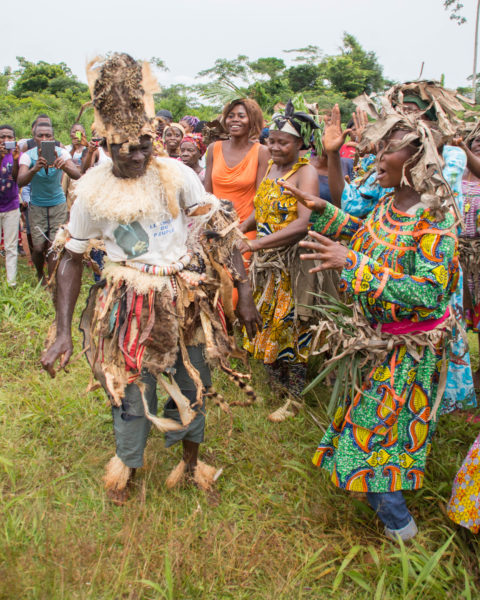
A reception for Nicolson and the group at Somalomo, a village right outside the Dja.
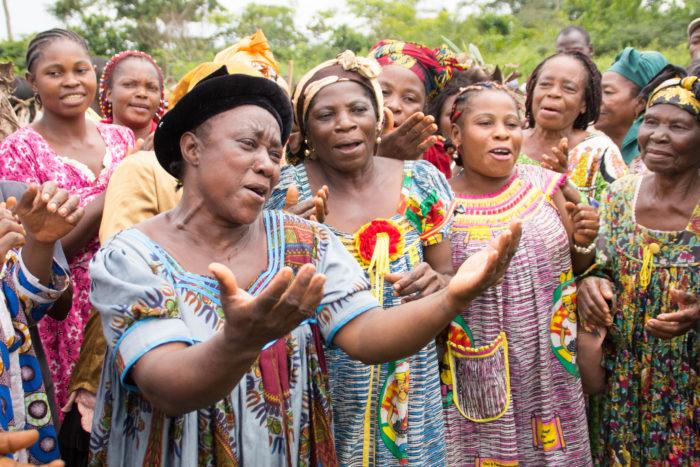
When Nicolson landed in Somalomo, residents – plus visitors from nearby, smaller villages – “greeted me as if I had provided the whole thing!” she says. “You never feel like a stranger.”
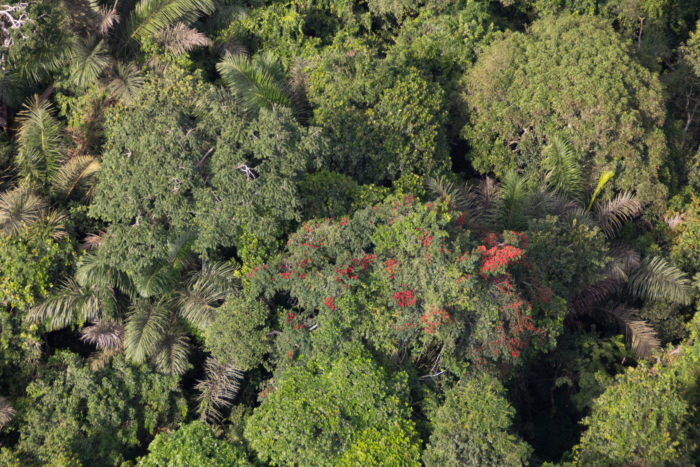
Bouamir is part of a pretty pristine jungle, Nicolson says. But the research station is also “such a small little piece of the [Congo rainforest].” And that rainforest, as a whole, is threatened by deforestation, poaching and more. Thus far, research at Bouamir has focused on better understanding the complex biodiversity of the park – how different components of the ecosystem are interconnected – and Nicolson has high hopes that this work will lead to insights that help conserve the broader Congo rainforest. “I hope that what people learn there will be able to transform to other parts of the jungle.”
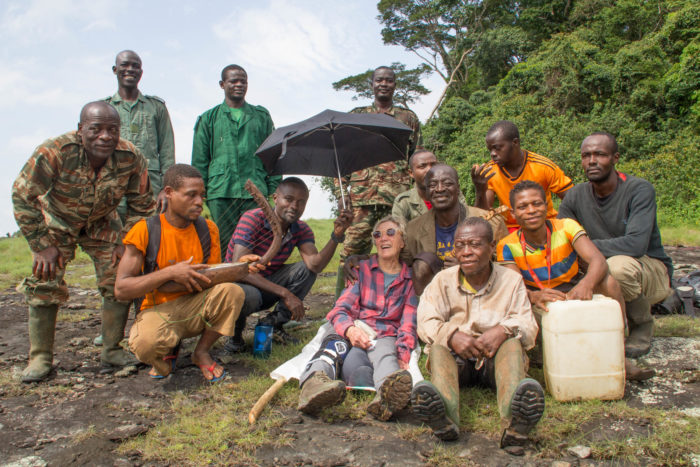
Nicolson with Baka guides and Eco-guards (from Cameroon’s Ministry of Forests and Wildlife) on top of Bouamir roche.
Photos courtesy Thomas Smith